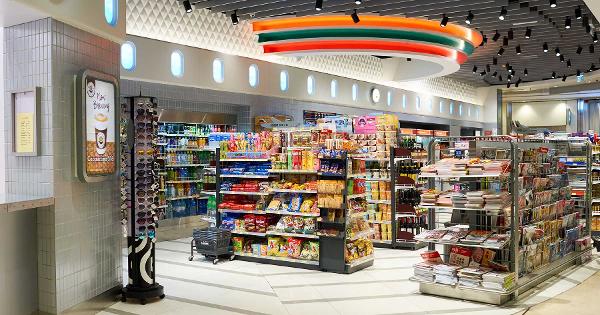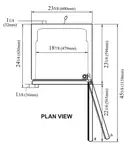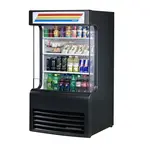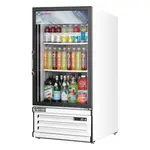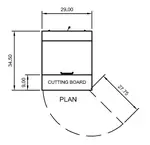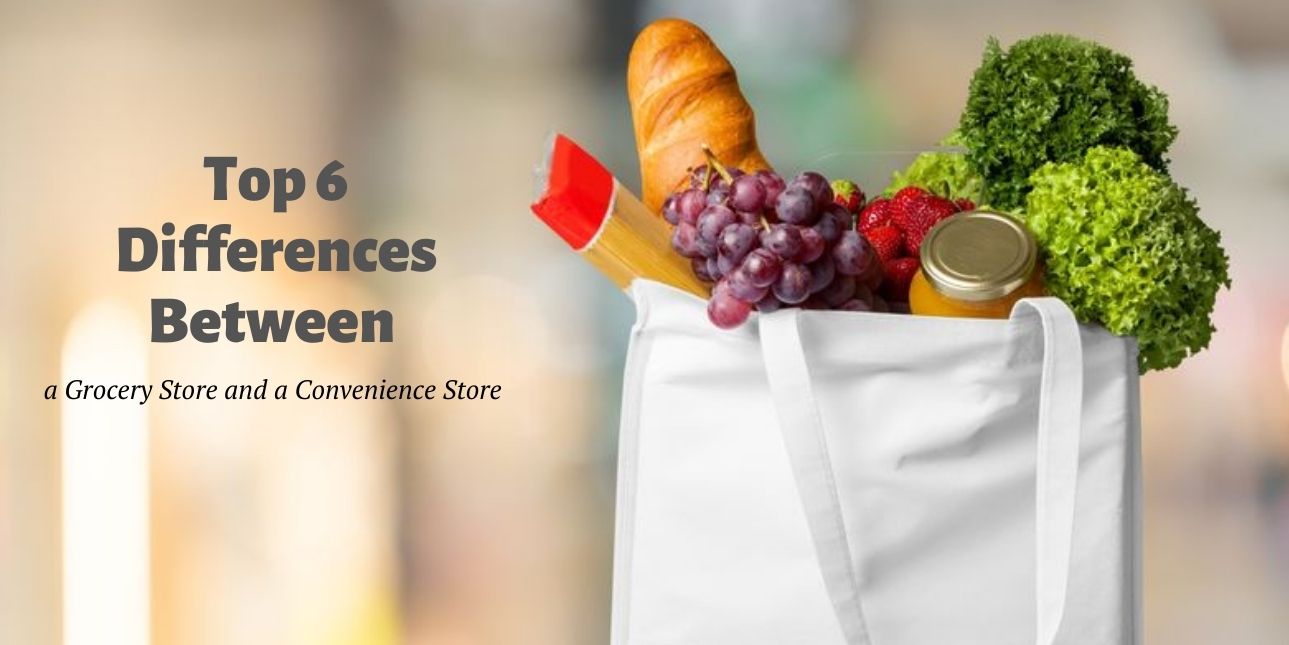
Most people assume grocery stores and convenience stores are the same. After all, they both offer the same services and seem to have a similar approach towards design, inventory, and even staffing. However, while there’s some truth in that, grocery and convenience stores are worlds apart.
What is a Grocery Store?
Although grocery stores are typically associated with food, a grocery store is a retail store offering both food items and household supplies. Smaller grocery stores offer fresh and prepackaged frozen and unfrozen foods, while larger, more popular stores may stock healthcare, clothing, and personal care items in addition to food products.
What is a Convenience Store?
A convenience store is a small retail store offering a limited range of everyday items such as groceries and toiletries. Some convenience stores sell alcohol as well. These stores are typically located in gas stations and along busy commute areas such as airports.
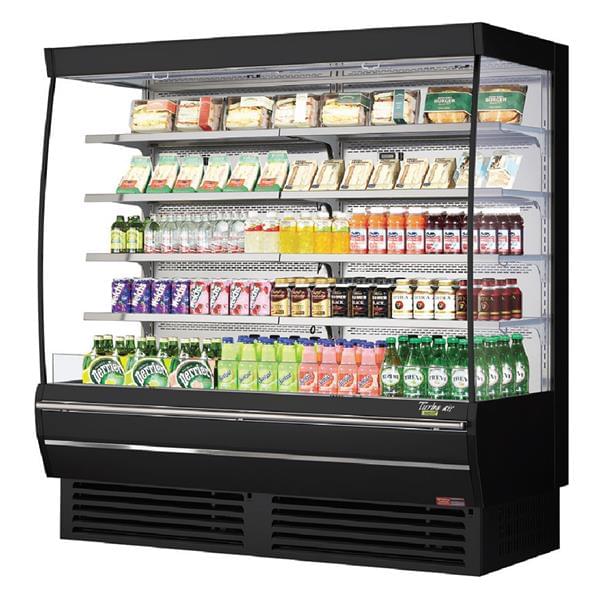
Top Differences Between Grocery and Convenience Stores
Although they have few similarities, grocery and convenience stores have quite a number of disparities. Here are some of the top differences between the two:
1. Product Selection
Although both stores stock food and non-food items, their inventory assortment is quite different. Grocery stores typically stock a lot of perishable items such as fresh vegetables, dairy products, and meat products. That is why they are sometimes referred to as produce markets.
Grocery stores also stock personal care items and everyday use items such as cleaning products, toiletries, and health and beauty items.
On the other hand, while some modern stores now feature a wider product selection, convenience stores typically deal with the sale of daily use and non-perishable items.
A convenience store is where you’d go if you want a bottle of water, while a grocery store is where you turn to when you need an entire case of water bottles for a party.
At a convenience store, you can easily get things like:
• ChapStick
• Lottery tickets
• Bagels
• Newspapers
• Over-the-counter drugs
• Confectionary
• Alcoholic beverages
Convenience stores also commonly offer hot foods and ready snacks such as nachos and sandwiches, and beverages like hot coffee and frozen products.
A grocery store spoils consumers for choice in that for each product, you get a variety of options. For instance, if you need butter, you may get unsalted, salted, whipped, organic, and even European-style butter from the same grocery store.
By contrast, if you need the same product from a convenience store, you’ll probably get only one or two options. In a nutshell, grocery stores have a wider product selection, while convenience stores have limited inventory.
2. Location
Another notable difference between a grocery store and a convenience store is their location. Convenience stores are mostly found in gas stations, railway stations, airports, and along busy roads. They’re mainly established to offer “convenience” to consumers, which means you can enter, get what you need, and be out in a few minutes.
In some instances, convenience stores are even established to supplement big supermarkets and grocery stores. Since they are mostly attached to other premises, convenience stores also have smaller parking lots.
Grocery stores, on the other hand, are typically located in busy urban areas such as in the heart of a town, or even in malls. Since they serve a bigger customer base than convenience stores, grocery stores have larger parking lots.
3. Size
Besides inventory selection and location, grocery stores and convenience stores also differ in size. Convenience stores are usually small, easy to navigate retail stores located in busy areas used for commuting.
They also have a limited selection of inventory. Due to this, convenience stores often have fewer customers, and shorter lines.
Grocery stores are relatively bigger, have a wider product selection, employ larger grocery store equipment, and consequently handle more customers. They also have more aisles, which means shopping at a grocery store might take you some time to navigate the store and check out from longer lines.
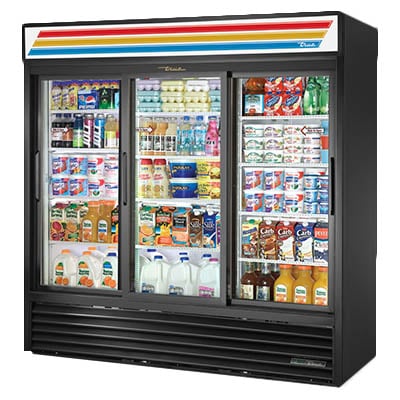
4. Prices
Product prices in convenience stores are usually slightly higher because they order inventory in limited quantities, which means a higher price for them. The upside is that you can quickly grab a drink from convenience store equipment, pay quickly, and head out faster compared to grocery stores.
In grocery stores, however, you will typically find that things are a little cheaper. This is because grocery stores order goods in bulk and get access to wholesale discounts, which they extend to customers by selling their inventory at slightly lower prices.
5. Hours of Operation
Convenience stores are usually open for longer hours than grocery stores. In most places, grocery stores open at 8 a.m. and close at 8 p.m. or 9 p.m. On the other hand, many convenience stores are open 24 hours. Convenience stores often stock inventory you may need in an emergency and wouldn’t want to travel long distances for.
6. Staffing
Since they are relatively larger than convenience stores, grocery stores often have more employees. Most grocery stores often have between 5 and 30 employees, and depending on the size, they usually have multiple checkout points.
The approach to staffing is also quite formal. They have specialty departments and employ official store and department managers. Before hiring, most grocery stores conduct formal interviews, and you may find that they outsource their recruiting processes. Also, grocery store employees are required to wear certain uniforms so customers can easily identify them when they need help.
Convenience stores are smaller, which means fewer employees. Some convenience stores are run by one or two employees, which may include the cashier and/or an assistant. Since they are smaller, convenience stores also don’t carry out intense interviewing processes. You might even find family-run convenience stores, which means family members and their close friends take turns working shifts at the store.
Grocery Store or Convenience Store?
Both grocery and convenience stores serve their purpose efficiently. Grocery stores are perfect for when you want to shop a wider selection of goods and you’re in no hurry. Convenience stores are ideal when you need an essential item, but don’t want to wait in line.

